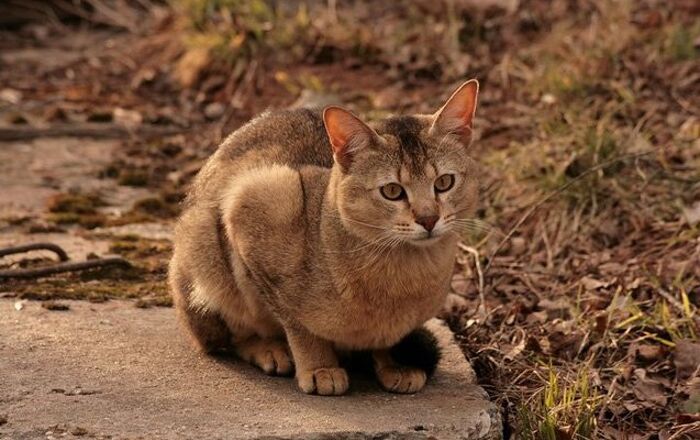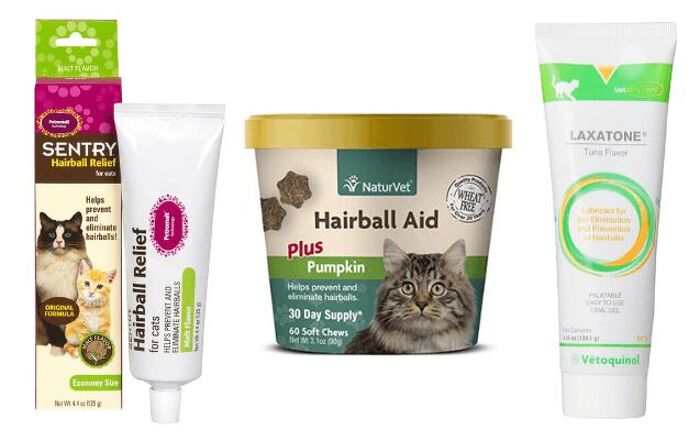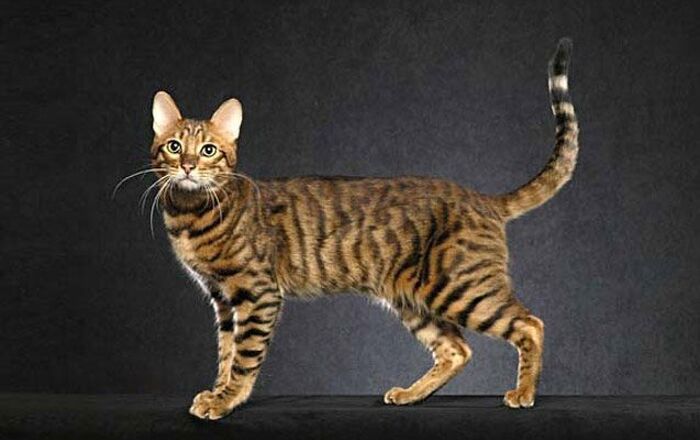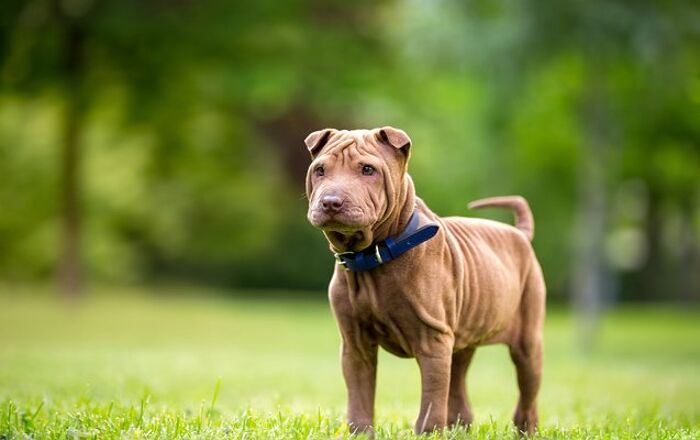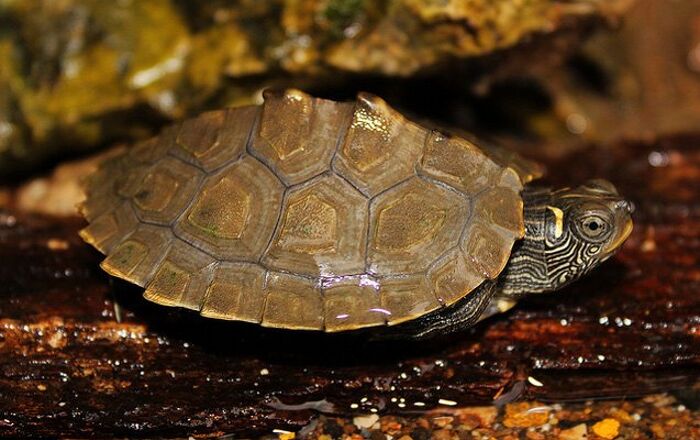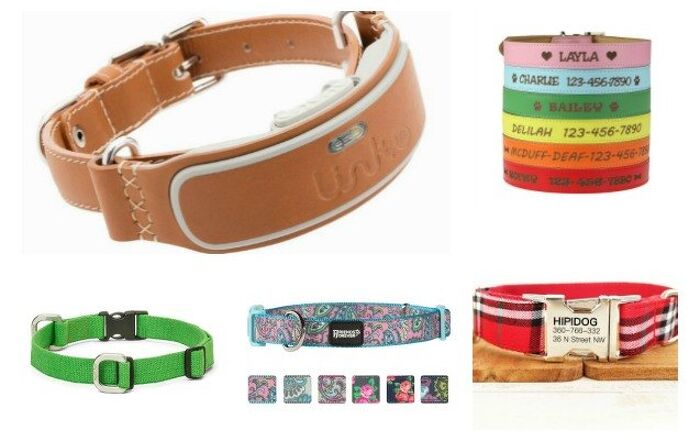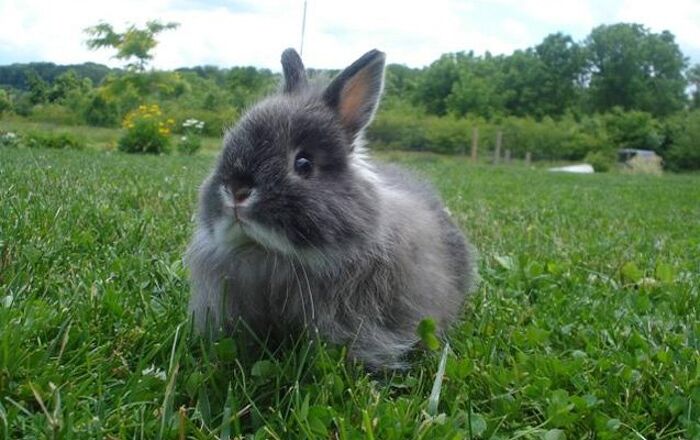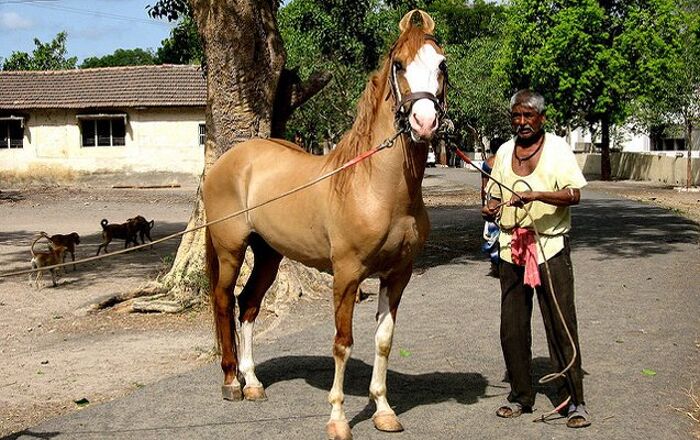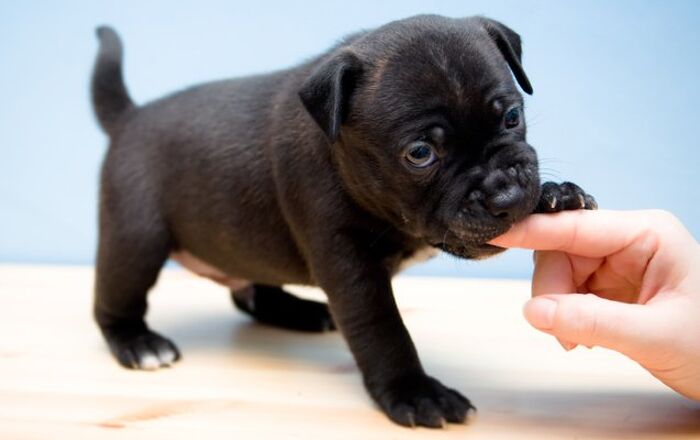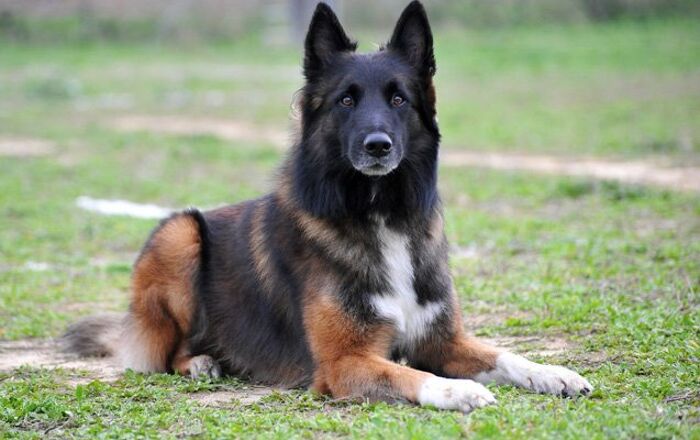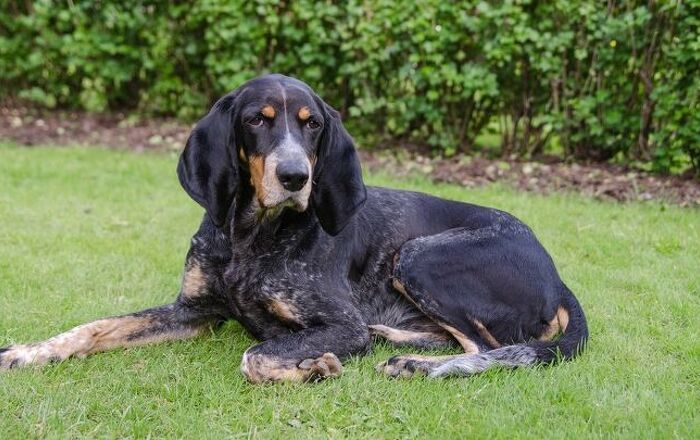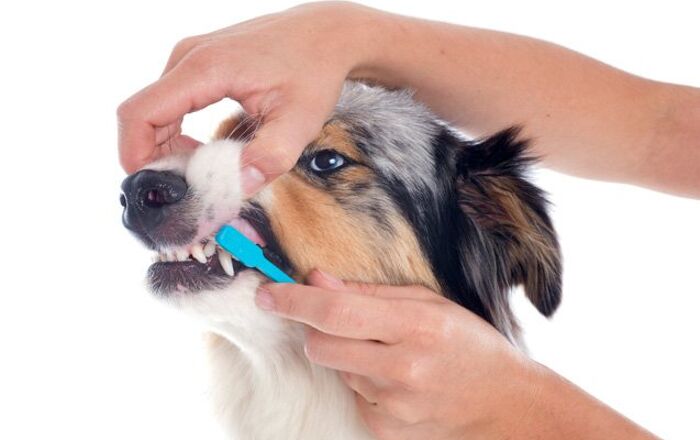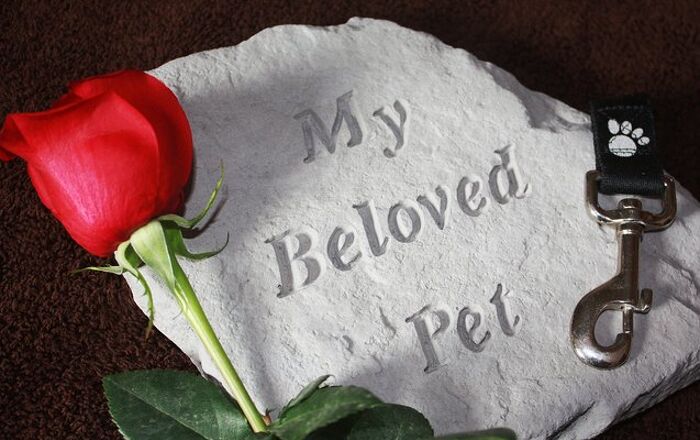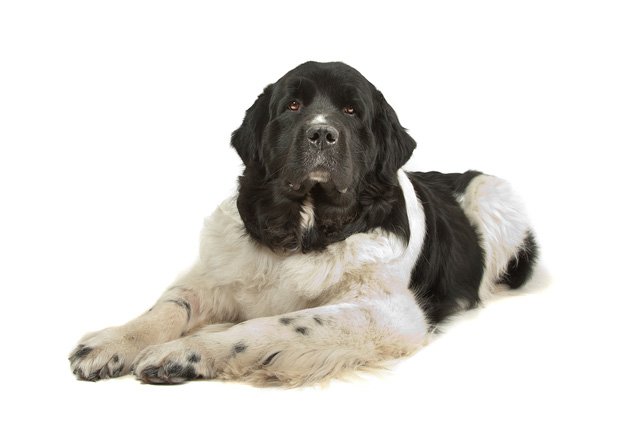
Landseer Newfoundland Basics
You may be familiar with a dog breed called the Newfoundland which is a very large breed that is typically brown or black in color. If you see a dog that fits the Newfoundland profile but has a black and white coloration, you may be looking at the Landseer Newfoundland. Though some organizations consider this dog to be a color variant of the Newfoundland, others recognize it as a completely separate breed. Regardless its categorization, the Landseer Newfoundland is a sweet and gentle dog that makes an excellent family pet.
The Landseer Newfoundland is a black and white color variant of the Newfoundland breed.
Origin
The Newfoundland breed shares some of its ancestry with other mastiff-type dogs like the English Mastiff and the St. Bernard. These dogs originated in Newfoundland and may have descended from an indigenous breed known as the St. John’s dog. The Landseer Newfoundland became particularly popular during the 18th century, loved by European fishermen for their swimming and rescue abilities. This breed was named in honor of Sir Edwin Landseer who created a famous painting of the dog in 1838. Though many kennel clubs refused to recognize the Landseer Newfoundland as a separate breed, but by the mid-1900s it was recognized by several Newfoundland breed clubs in Europe. The Landseer Newfoundland was recognized as a separate breed by the FCI in 1960.
Pedigree
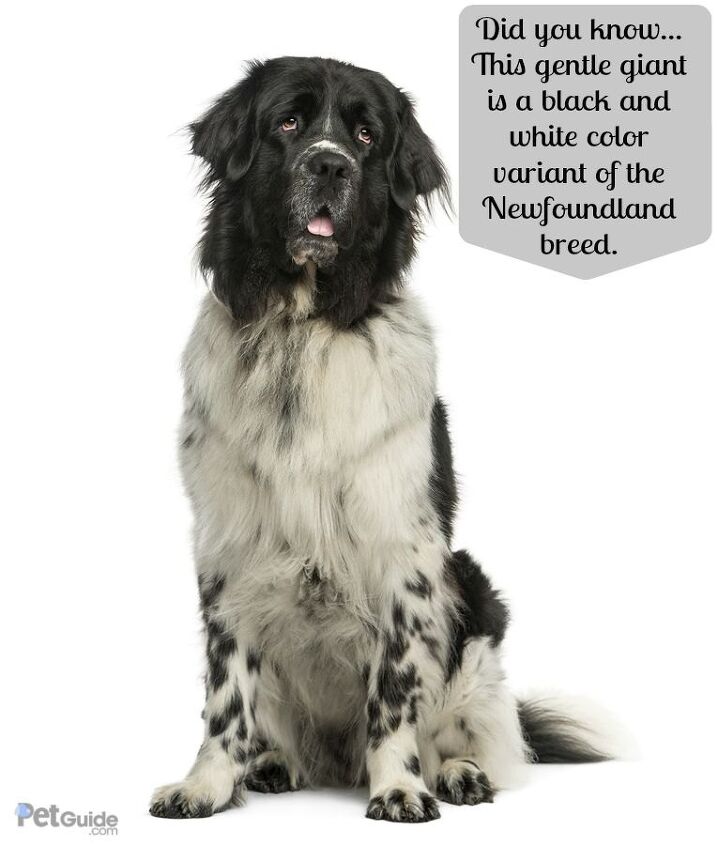
The Landseer Newfoundland shares its ancestry with the Newfoundland breed and many do not consider it to be a separate breed but merely a color variant.
Food/Diet
Because the Landseer Newfoundland is an extra-large dog it is best to feed him a commercial dog food diet that has been formulated specifically for large-breed dogs. Keep in mind that you may have to keep your Landseer Newfoundland on a puppy diet for a little more than a year to fuel his slow but steady growth. Once your dog reaches full size you can switch to an adult diet to keep him from gaining too much weight and becoming obese.
The Landseer Newfoundland is an intelligent breed, so it usually responds well to training.
Training
The Landseer Newfoundland is an intelligent breed, so it usually responds well to training. One thing to be aware of with this breed is that they mature slowly, so the puppy stage can last up to 18 months. It is essential that you start your puppy with training and socialization early to prevent the development of problem behaviors before the dog becomes an adult. Positive reinforcement-based training methods are preferable for this breed. As long as you maintain a firm and consistent hand in training, the Landseer Newfoundland should respond well and learn quickly.
Weight
The Landseer Newfoundland is a giant breed with males standing 29.5 to 31.5 inches tall and females standing 26.5 to 28.5 inches tall. Males of the breed weigh around 143 to 176 pounds while females weigh 110 to 154 pounds.
Temperament/Behavior
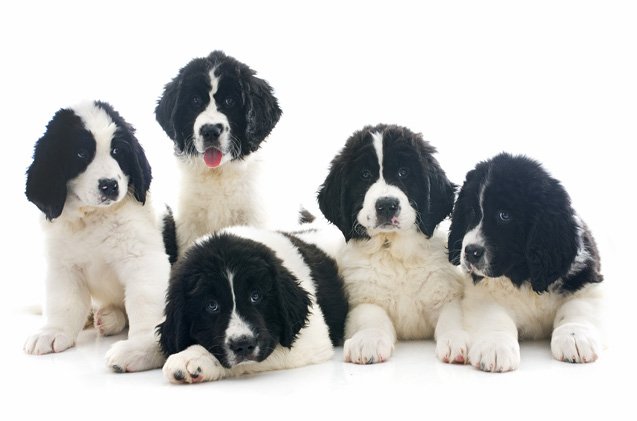
The Landseer Newfoundland is the definition of a “gentle giant”. These dogs are sweet and affectionate with family – in fact, they crave human attention and may develop problem behaviors if left alone too long during the day. This breed tends to be patient with children, which makes them a great family pet and they have guarding instincts which makes them a good watch dog. Landseer Newfoundlands tend to get along well with other household pets because they do not have a high prey drive. The only thing you need to be wary about with this breed is his size – he may accidentally knock small children over. You should also be aware that this breed has a tendency to drool a lot.
Common Health Problems
The Landseer Newfoundland has a fairly short lifespan for a dog, largely due to its size and the fact that it is prone to several serious health conditions. The Landseer Newfoundland is prone to developing hip dysplasia as well as a hereditary heart condition called sub-aortic stenosis (SAS). These dogs should be checked by a vet for SAS around 8 to 12 weeks of age. Some other health problems that might affect this breed include elbow dysplasia, cystinuria, and ear infections.
Life Expectancy
As a giant breed that is prone to several health problems, the Landseer Newfoundland has a relatively short lifespan of 8 to 10 years.
Exercise Requirements
The Landseer Newfoundland is not an overly active breed, though it still needs a daily walk to maintain good health. Aside from a daily walk, however, this dog will be content to laze around the house as long as he is able to do so in the company of his people.
The Landseer Newfoundland is the definition of a “gentle giant”.
AKC
The American Kennel Club does not recognize the Landseer Newfoundland as a separate breed. Rather, it considers it a color variant of the Newfoundland and thus includes it in the Working Group. Most kennel clubs agree with the AKC, but the Federation Cynologique Internationale recognized the Landseer Newfoundland as a separate breed and calls it the Landseer European Continental Type (ECT).
Coat
One of the defining characteristics of the Landseer Newfoundland breed is its long, thick coat. The Newfoundland breed has a thick double coat which protects it from cold waters. The Landseer Newfoundland has a slightly shorter coat with no underwool. This makes the dog dry off faster after swimming and its coat is a little easier to take care of. These dogs still shed a lot (all year round), however, so regular brushing and grooming is recommended.
Puppies
The average litter size for the Landseer Newfoundland is between 4 and 12 puppies. Puppies of this breed tend to grow more slowly than other breeds, so the puppy stage can last as long as 18 months. During this time it is important that you feed your puppy a high-protein diet to fuel his growth. You should also avoid vigorous exercise during the puppy stage so you don’t put too much stress or strain on the puppy’s developing bones and joints. You should, however, start training and socialization as early as possible with Landseer Newfoundland puppies.
Photo credit: cynoclub/Bigstock; eriklam/Bigstock; Life on White/Bigstock

